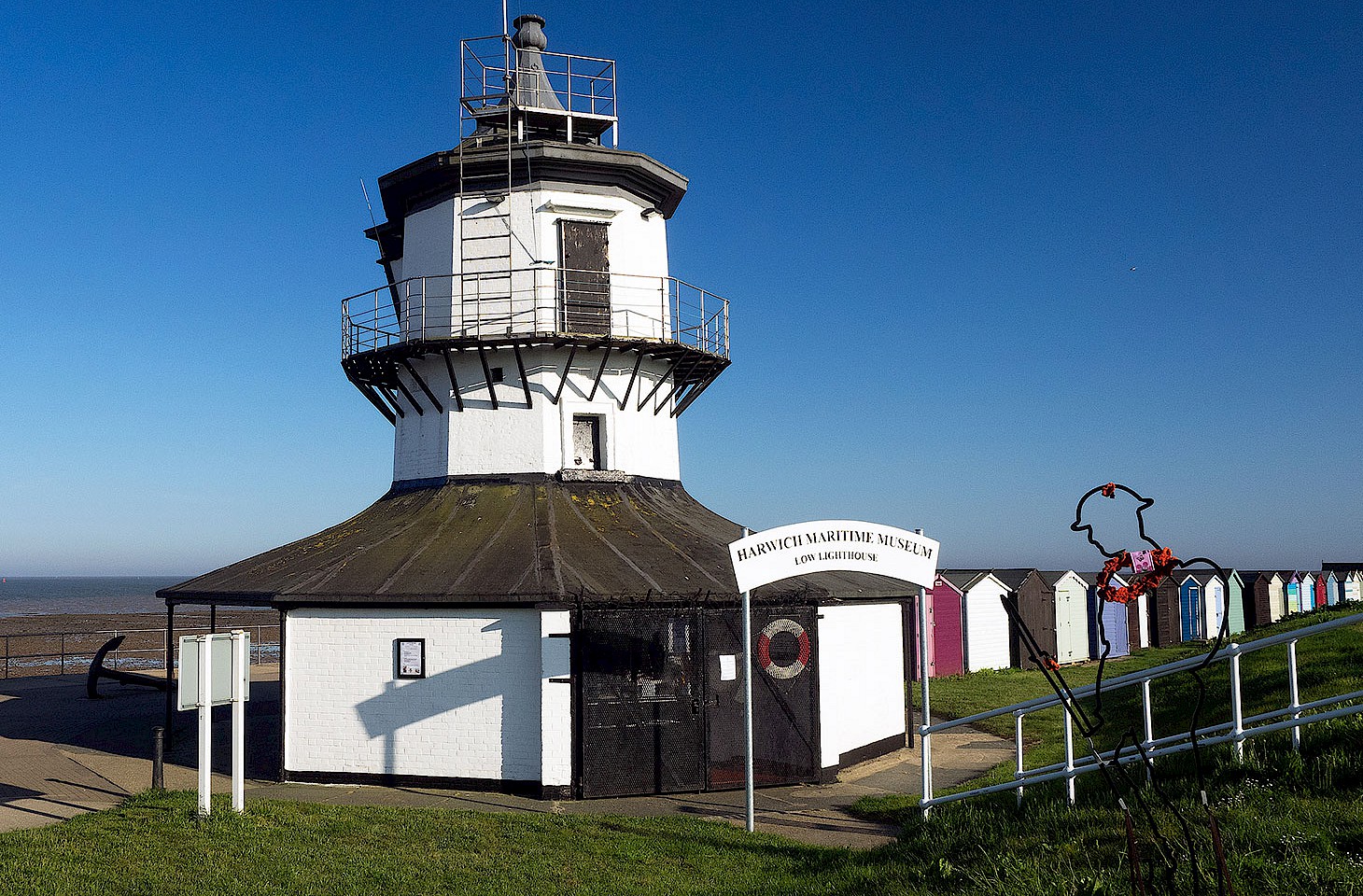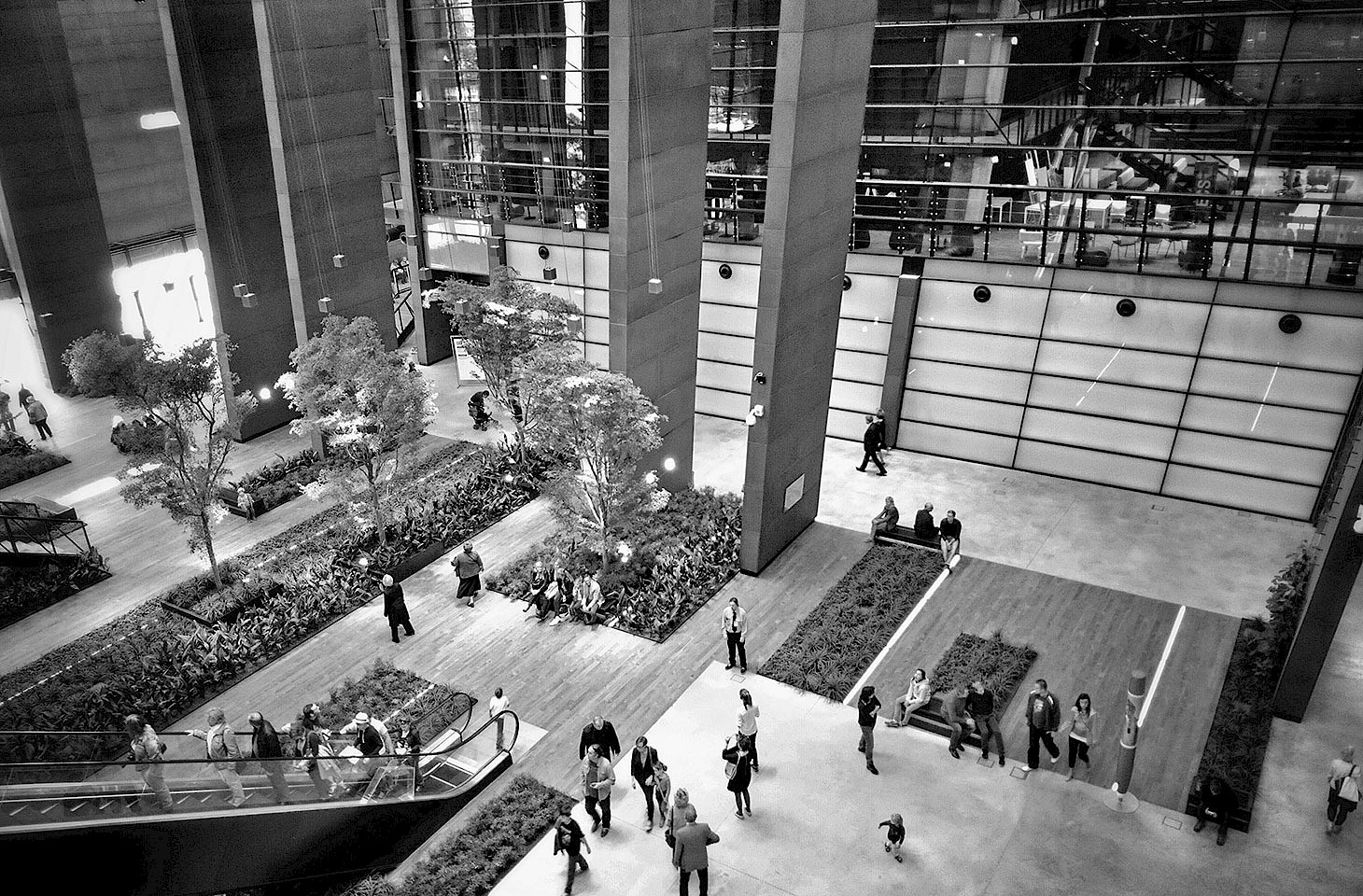The wind howls as trams rattle by. Friday evening rain lashes the Rondo Babka in a northern district of Warsaw. In the complicated and strange rhythms of the Polish capital, Ronda Babka is a place which everyone knows but nobody holds in great affection. Taking its name from the Polish word for grandmother, Rondo Babka carries homely connotations. But who could ever fall in love with a roundabout?
Fifteen years ago, the Warsaw city authorities renamed the roundabout after an underground brigade which did brave things in the 1944 Warsaw Uprising. Street signs were changed, and the signs on the tram stop would now have one believe that this is Rondo Radosława. But true Varsovians, including everyone scuttling for shelter on this rainy Friday evening, still call the junction Rondo Babka.
Among the crowds making their way home after work are a number of families walking quietly through the rain to one of Warsaw’s most extraordinary Friday evening gatherings. The men are soberly dressed and evidently favour black. All are wearing hats. Tucked away in an office and shopping complex near the Babka Tower apartment block is the Chabad-Lubavitch synagogue.
The spell of Chabad
Rabbi Szalom Dov Ber Stambler is an amiable man in his mid-thirties. He was born in an Israeli community founded in 1949 by Yosef Yitzchak Schneersohn — the sixth rebbe (or spiritual leader) of the Chabad-Lubavitch movement. Rabbi Stambler is a Chabad man through and through. And he is in no doubt why he and his wife Dina moved to Warsaw eleven years ago: “I am here first and foremost for the Jews of Poland,” he says.
More than enough men have arrived to form a minyan (or quorum), so it’s time to turn to prayer. Rarely are the psalms sung with such gusto and evident enthusiasm. Yet there is no ritual, no prayer, which is so important that it cannot be interrupted by a warm handshake and a smile.
Rabbi Stambler is Poland’s leading advocate of a Hasidic tradition which had its origins in eastern Europe. The Chabad-Lubavitch branch originated in the late 18th century in the Belarusian territories of the Russian Empire, yet the affirming flame of Chabad belief and tradition was all but extinguished in Poland by the Nazis.
The rabbi admits that many are surprised to learn that Hasidism survives at all in Poland. “When I meet with Chabad rabbis from across the world at our annual convention in New York, and I say I am based in Poland, most times I note a predictable reaction.”



